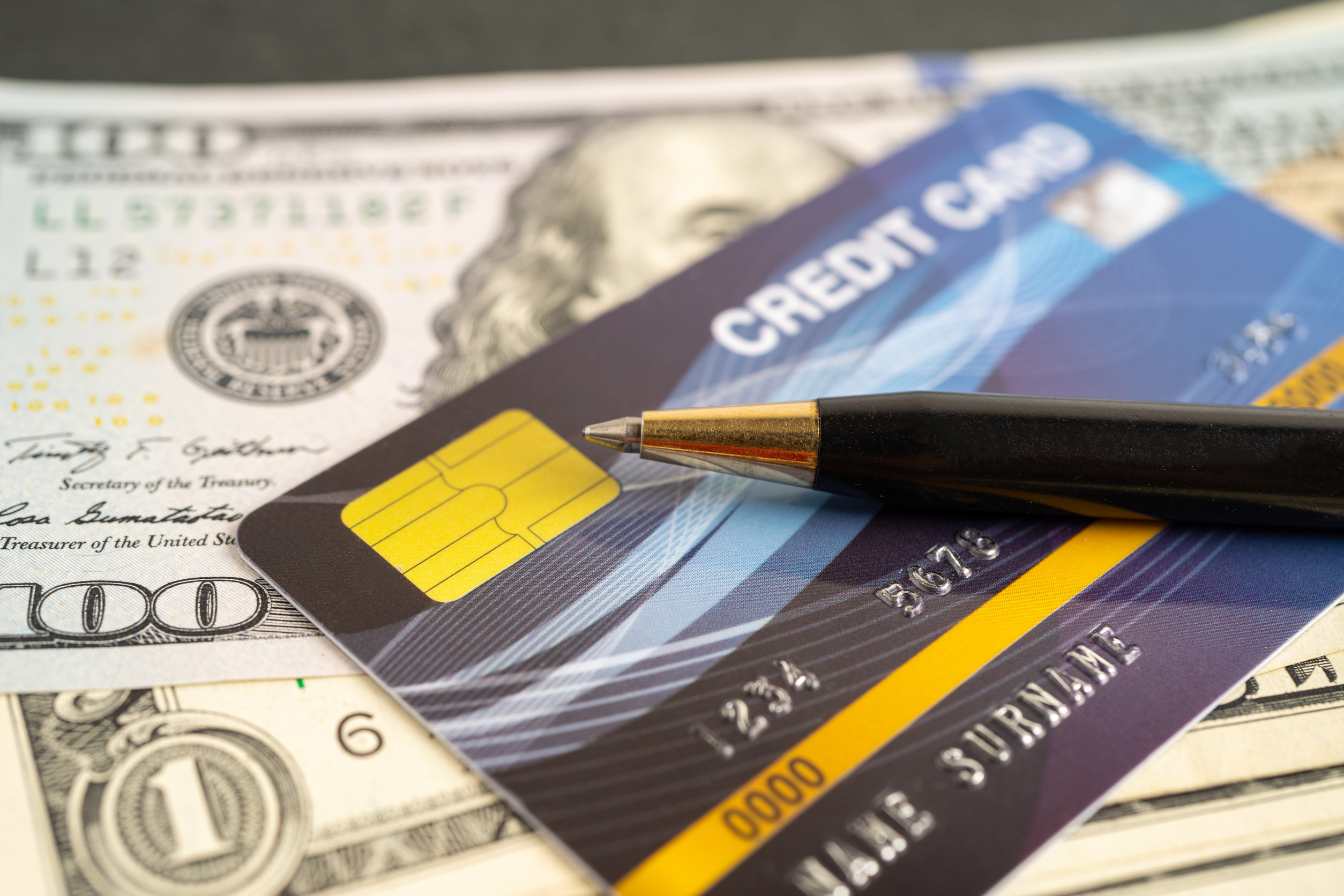Once, the feel of crisp bills in a wallet was a symbol of independence, control, and, above all, power. There was something inherently satisfying about sliding paper money across a counter—an immediate, tangible transaction that meant a purchase was truly yours.
Holding cash once felt like holding options, freedom, and status all in one small bundle. But in today’s increasingly digitized economy, those physical dollars barely make an appearance. The weight of money has shifted from leather wallets to invisible digits on glowing screens.
Credit Cards and the Illusion of Limitless Spending
Credit has ushered in a powerful illusion: that money can stretch endlessly, even when it doesn’t exist. A shiny card can unlock hotel rooms, reserve flights, and upgrade lives—but it often does so on borrowed time. As plastic swipes replace physical exchanges, it becomes easier to disassociate purchases from real financial consequences.
The separation between desire and affordability blurs when the transaction feels weightless. What once was a restraint—cash’s limited supply—is now bypassed by revolving credit limits and the promise of points.
Mobile Payments and the Vanishing Transaction
Digital wallets like Apple Pay, Google Pay, and other contactless systems have all but erased the physical act of payment. A double-tap or a fingerprint scan now completes what once required deliberation at a register. These frictionless systems have redefined convenience, but they’ve also removed the psychological barrier that once came with counting bills. Without the pause that handing over cash once required, the sense of financial control subtly diminishes. Spending becomes a seamless experience, often detached from budgeting realities.
The New Language of Money: Credit Scores and Algorithms
Today, credit scores speak louder than stacks of cash. Financial power is now measured by algorithmic trustworthiness, not by the currency someone can physically hold. From car leases to apartment rentals, access is increasingly granted based on a number calculated behind the scenes. Good credit can open more doors than a wallet full of hundreds, even if those hundreds are earned the hard way. In this modern economy, reputation—backed by data—matters more than liquidity.
Generational Shifts in How Money is Viewed
Younger generations have grown up with Venmo, online banks, and cryptocurrency—forms of money that have no physical counterpart. For many of them, the idea of stashing cash under a mattress or withdrawing money from a bank teller is as foreign as using a rotary phone. Trust in digital systems has replaced trust in tangible bills, and the mindset around financial power has shifted with it. What used to feel like ownership—holding cash—is now seen by many as inefficiency or even risk. Cultural norms have evolved, redefining wealth as digital fluidity, not physical abundance.
Cash-Only Businesses and the Fading Rebellion
Cash-only businesses once had an air of rebellion—off-grid, untraceable, and a bit romantic. Today, they feel more like relics of a slower, less integrated world. Patrons often groan when told their money isn’t accepted unless it lives in an app or bank account. In a world driven by convenience and speed, the refusal to accept digital payments feels less empowering and more restrictive. What once hinted at independence now signals limitation in the eyes of the modern consumer.
The Psychological Shift from Tangible to Abstract
Cash once had emotional weight—it was earned, saved, counted, and spent with intention. Watching bills leave a wallet had a way of reinforcing the value of money. But with abstract forms of payment, emotional connection to spending often dissolves. Swiping, tapping, and transferring remove the visual cues that money is disappearing. As a result, financial decisions can become more impulsive and less conscious.
Government and Institutional Influence on Cash Decline
Governments and banks have also played a role in cash’s decline by promoting digital payment infrastructures. From stimulus checks to tax refunds, public institutions are increasingly funneling funds electronically. This shift is justified in the name of efficiency, but it also consolidates financial tracking and reduces anonymity. Institutions benefit from easier monitoring, while individuals sacrifice a degree of financial privacy. The power that once came with untraceable transactions has slowly eroded under the glow of LED-lit bank balances.
The Rise of Digital Power Symbols
In the absence of cash, other symbols of financial strength have emerged. A black metal credit card, a portfolio full of crypto, or a high FICO score now serve as the modern emblems of wealth and access. These digital and reputational markers speak a language that banks and businesses understand better than paper currency. Power today is wielded through systems that don’t require a single dollar to be held or seen. The value is real, but its form has changed entirely.
Is There Still a Place for Cash in a Digital World?
Despite its decline, cash still has a quiet strength in certain spaces. It’s immediate, anonymous, and universally understood—qualities that digital money sometimes lacks. In emergencies, natural disasters, or in parts of the world where digital infrastructure is weak, cash remains irreplaceable. There’s also a psychological clarity that comes with using it, as budgeting becomes more visual and tactile. While it may no longer be the dominant form of power, cash still holds a seat at the financial table—for now.
Cash Is No Longer King
Cash once stood as the ultimate symbol of economic control, but in today’s digital-first society, its influence has clearly waned. The transition to credit, digital payments, and algorithmic assessments has redefined what financial power looks and feels like. Where money was once something to hold, now it’s something to manage through screens and scores.
This shift is neither entirely good nor bad—it’s simply the new landscape of personal finance. What are your thoughts on the fading influence of cash? Add a comment and join the conversation.
Read More
For the Love of Money: How to Spot Fake Friends Who Only Stick Around for Cash
Here’s How Borrowing Cash From Your Significant Other Can Ruin Your Relationship


